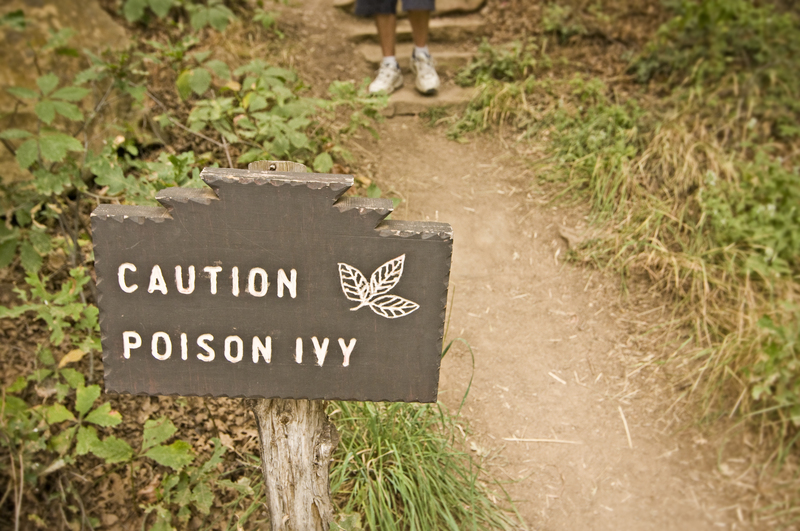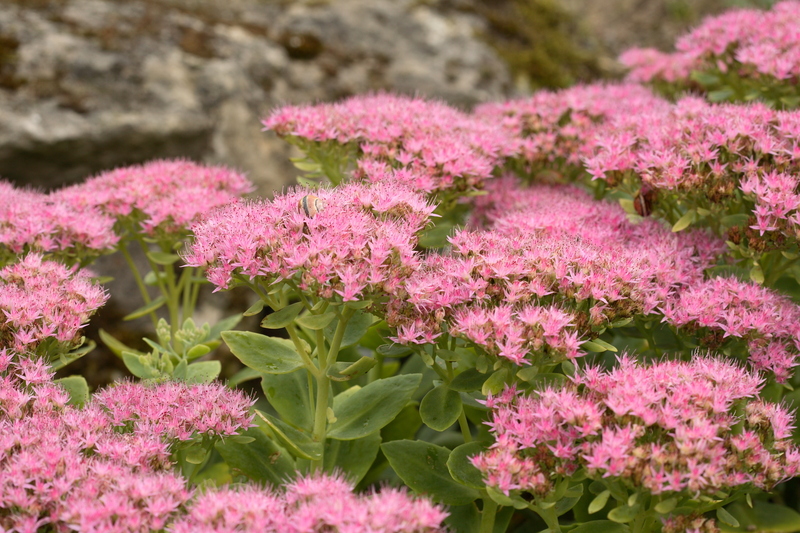How to Design a Secluded Sanctuary with Garden Landscaping
Everyone dreams of having a peaceful retreat to escape the hustle of daily life. Designing your own secluded sanctuary with garden landscaping is both an art and an act of self-care. A private garden offers more than just aesthetic pleasure--it improves mental well-being, provides a safe haven for relaxation, and can even increase your property's value. In this comprehensive guide, you'll discover modern strategies and timeless techniques on how to create a private garden sanctuary tailored to your own needs.
Why Create a Secluded Sanctuary Garden?
The desire for privacy and tranquility in our home environment has never been stronger. A garden sanctuary provides:
- Mental Relaxation: Nature soothes the mind and fosters creative thinking.
- Stress Reduction: Secluded outdoor spaces shield you from the noise of routine life.
- Personal Enjoyment: Enjoy reading, meditating, or entertaining in a hidden niche.
- Nature Connection: Attract beneficial wildlife and contribute to local biodiversity.

Key Elements of a Secluded Garden Retreat
A true secluded sanctuary in your landscape involves careful planning and intentional design choices. Consider every sense--sight, sound, touch, and scent--to make your garden landscaping immersive and enveloping.
1. Strategic Privacy Planting
Natural screens are the foundation of privacy. Dense hedges, tall ornamental grasses, and evergreen shrubs create living walls that shield your space from prying eyes.
Popular options include:
- Bamboo: Fast-growing and dense, ideal for instant privacy.
- Boxwood: Classic, easily sculpted into hedge forms.
- Privet: Hardy and quickly fills gaps in fencing.
- Laurel or Holly: Evergreen, offering year-round coverage.
2. Fencing and Barriers
If you're seeking a more structured or secure perimeter, fencing is a strong element in private garden design. choose styles that complement your landscape:
- Timber Fencing: Warm and organic, can be painted or left natural.
- Trellises: Support climbers like wisteria or clematis to soften barriers.
- Masonry Walls: Provide sound insulation and visually anchor intimate spaces.
3. Layered Planting and Lush Foliage
Introduce layers of plant life to envelop and enchant. Begin with taller trees or shrubs at the perimeter, medium-height fillers in the middle, and groundcovers or soft moss near your walkways.
Layering achieves:
- Depth and Volume: Creates softness and natural screens.
- Seasonal Interest: Ensures your retreat is appealing year-round.
- Wildlife Habitat: Attracts birds, butterflies, and pollinators.
4. Secluded Seating Areas
To truly enjoy your hidden garden, incorporate cozy seating nooks.
- Sunken patios or decked corners tucked behind architectural plants.
- Garden benches framed by arbor gates, vines, or canopies.
- Freestanding hammocks or swinging chairs nestled in shade.
5. Water Features for Tranquility
Moving water is an underappreciated ingredient in designing a secluded sanctuary with garden landscaping.
- Install a small pond ringed with lush vegetation.
- Add a bubbling fountain or cascading waterfall.
- Include a birdbath to encourage wildlife visitation.
6. Lighting for Intimacy and Security
Extend the utility and beauty of your sanctuary after dark. Garden lighting should be soft and layered:
- Path lights for gentle guidance.
- String lights or lanterns for inviting ambiance.
- Spotlights to highlight specimen trees, fountains, or sculpture.
Step-by-Step Guide: Designing a Private Garden Sanctuary
Here's how you can start creating a personal haven using garden landscape privacy techniques and design principles:
1. Evaluate Your Site and Needs
- Walk your garden at different times of day to observe sun and shade patterns.
- Identify areas visible from neighbors, roads, or above.
- List your goals: Do you want to read, nap, meditate, entertain?
2. Sketch a Privacy-Focused Layout
Create a rough plan, positioning barriers first.
- Mark existing fences, walls and large trees.
- Note zones for seating, planting beds, and features.
- Envision curved paths or layered borders for a sense of discovery.
3. Select the Right Plant Palette for Privacy
Choose plants adapted to your climate and desired maintenance level. Consider:
- Evergreens for year-round seclusion (Thuja, Loropetalum, Camellia, Viburnum).
- Deciduous trees (Japanese Maple, Dogwood) for dappled privacy.
- Flowering shrubs and perennials for seasonal color and softness (Hydrangea, Lavender, Salvia).
4. Incorporate Structural and Decorative Elements
Hardscape features contribute both function and beauty:
- Arbors, pergolas, or gazebos for vertical privacy and shaded retreat areas.
- Stone, brick, or gravel paths to create hidden walkways through the landscape.
- Garden sculptures, urns or mosaic tiles to personalize your space.
5. Embrace Sound and Scent
A secluded garden isn't just about what you see. Add:
- Rustling bamboo or ornamental grasses for natural sound barriers.
- Fragrant blooms such as jasmine, lilac, or mock orange near seating.
- Herbs like rosemary, thyme, or basil that release scent as you brush past.
6. Maintain and Adapt Your Sanctuary Over Time
Landscapes evolve. To keep your private retreat thriving:
- Prune and shape screens for healthy, dense growth.
- Edit or relocate plants as they mature to preserve seclusion.
- Seasonally refresh mulch, clean water features, and update furnishings as needed.
Additional Ideas to Enhance Your Garden Sanctuary
Secret Retreats and Hidden Corners
Design "destination" spots within your garden--a rustic bower at the end of a winding path, a reading nook behind climbing roses, or a meditation pad shaded by trees. These features maximize the secluded atmosphere and reward exploration.
Multi-Sensory Focus
Add wind chimes for gentle melody, position bird feeders to encourage visits, and layer in mulch to soften footfall. A multi-sensory approach ensures your secluded garden landscape feels fully immersive.
Year-Round Appeal
Choose a mix of plants with evergreen, deciduous, and perennial interest for beauty in all seasons. Decorative winter berries, spring bulbs, summer blooms, and autumn foliage keep your sanctuary inviting year-round.
Wildlife-Friendly Design
Attract birds, pollinators, and beneficial insects by incorporating native plants and water sources. Avoid pesticides, and let part of your garden grow wilder for extra shelter and food.

Common Questions About Designing a Secluded Sanctuary with Garden Landscaping
How can I make my small garden feel more secluded?- Use tall planters or trellises with climbing plants to create instant vertical screens.
- Opt for zigzag pathways and staggered planting to break sightlines and introduce visual depth.
- Position furniture away from property edges for a greater sense of enclosure.
- Bamboo, Leyland Cypress, Privet, Viburnum, or Griselinia.
- Remember to check local guidelines, as some species may be invasive in certain areas.
- Start with lower-cost annuals, fast-growing vines, or upcycled materials for barriers and decor.
- DIY features like pallet benches or gravel paths can save money.
- Focus on one area at a time--your sanctuary can evolve with time and resources.
- Dense plantings will require seasonal pruning, watering, and weeding--plan accordingly.
- Opt for drought-tolerant or native species if low upkeep is a priority.
- Hardscaping and mulching can help reduce overall maintenance levels.
Conclusion: Your Path to a Secluded Sanctuary with Garden Landscaping
Designing a sanctuary garden is a deeply rewarding project, offering privacy, beauty, and well-being in one package. By focusing on thoughtful privacy screening, layered planting, evocative features, and sensory experiences, you can transform any outdoor area into an intimate garden escape.
Remember: The best secluded sanctuaries reflect their creators' personalities and needs. Start with small changes if overwhelmed, and allow your design to grow and adapt with your lifestyle.
Ready to begin? Envision your secluded garden oasis, invest in privacy landscaping techniques that inspire you, and soon, you'll have a personal retreat you'll never want to leave.
If you're seeking further tips or inspiration on how to design a secluded sanctuary with garden landscaping, consult local garden centers, landscape designers, and online resources to elevate your tranquil retreat to the next level!